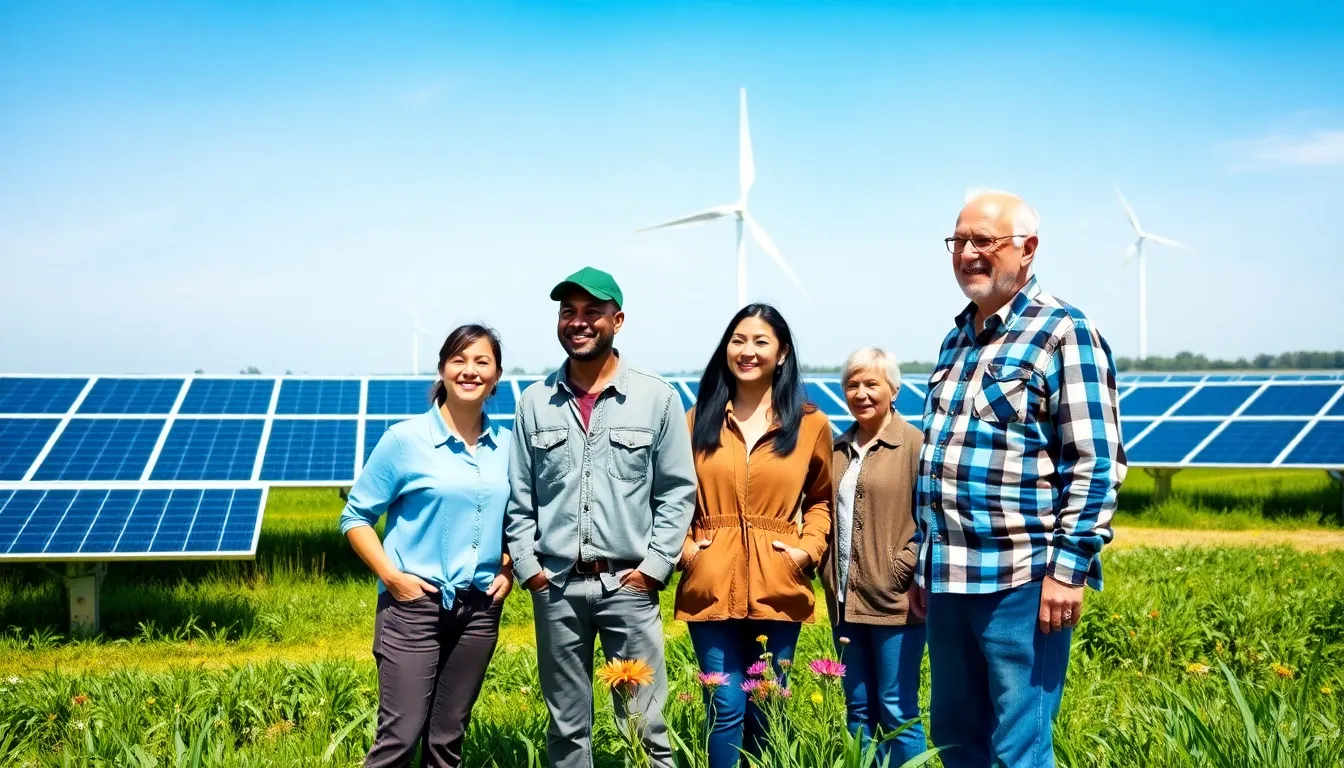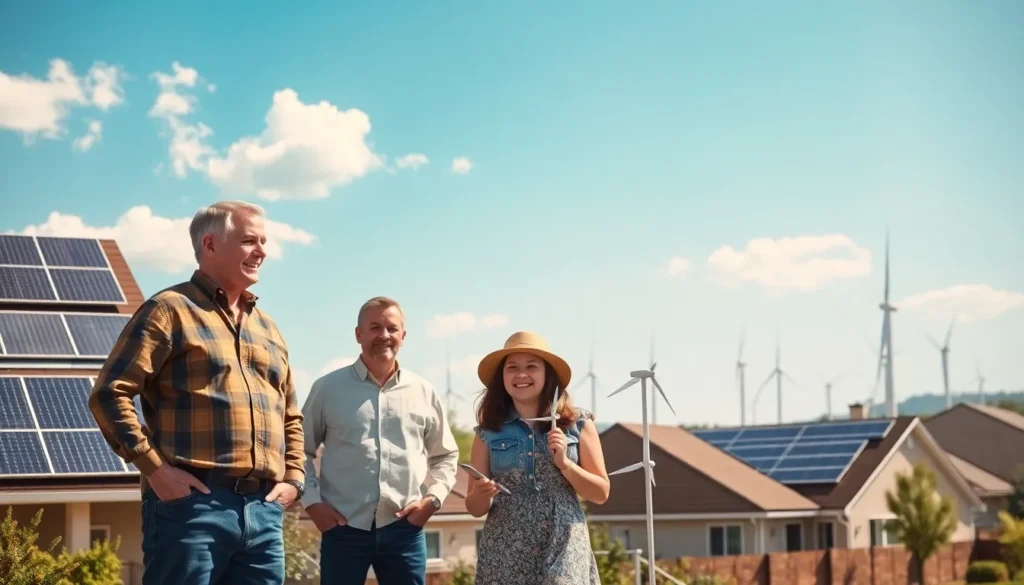Table of Contents
ToggleIn today’s world, the energy landscape is rapidly evolving, and sustainable energy solutions are no longer just a niche market but a necessity. LotsOfPower.net serves as a comprehensive resource for individuals and businesses looking to transition to renewable energy. This guide explores the various types of sustainable energy, their benefits, practical implementation strategies, and available incentives, helping readers make informed decisions about their energy consumption.
Understanding Sustainable Energy

The Importance of Renewable Resources
Sustainable energy refers to energy that meets our present needs without compromising the ability of future generations to meet theirs. With the implications of climate change becoming increasingly dire, the shift towards renewable resources is critical. Renewable energy sources like solar, wind, and hydropower provide clean alternatives to fossil fuels, significantly reducing greenhouse gas emissions. Also, focusing on sustainable energy helps diversify energy supply, improving energy security and independence.
Types of Sustainable Energy Solutions
Solar Energy: Harnessing the Power of the Sun
Solar energy is perhaps the most widely recognized form of sustainable energy. By converting sunlight into electricity through photovoltaic cells or solar thermal energy, households and businesses can significantly cut their energy costs. With advancements in technology, solar panels have become more efficient, affordable, and visually appealing, driving widespread adoption.
Wind Energy: The Strength of Nature
Wind energy harnesses the kinetic energy of wind through turbines to generate electricity. It is a clean and renewable resource that has become a significant player in global energy markets. Countries like Denmark and Germany lead the way in wind power adoption, showcasing its viability for large-scale energy production.
Hydropower: Energy from Water Flow
Hydropower remains one of the oldest renewable energy sources, generating electricity through the flow of water, typically from dams. While it provides a reliable energy source, eco-conscious designs are emerging, focusing on minimizing environmental impacts and improving fish passage in affected waterways.
Geothermal and Biomass: Alternative Energy Sources
Geothermal energy exploits the Earth’s internal heat, making it a stable and abundant energy source for heating and electricity. Biomass energy, derived from organic materials, offers a renewable resource for power generation, positively impacting waste management and reducing landfill usage.
Benefits of Utilizing Sustainable Energy
Cost Savings and Economic Growth
Investing in sustainable energy can lead to significant cost savings on electricity bills. Over time, renewable energy installations often pay for themselves, especially with falling costs for technology like solar panels and wind turbines. Besides, the renewable energy sector drives job creation, with installations and maintenance requiring skilled labor and creating opportunities in various fields.
Environmental Impact: Reducing Carbon Footprint
Switching to sustainable energy sources invariably leads to a marked reduction in carbon footprint. By decreasing reliance on fossil fuels, individuals and corporations contribute to cleaner air and a healthier planet. This change not only combats climate change but helps preserve biodiversity and ecosystems.
Energy Independence and Stability
Utilizing renewable energy sources enhances national energy independence, reducing reliance on imported fuels and contributing to energy security. It stabilizes energy prices over time, mitigating fluctuations associated with fossil fuel markets and geopolitical tensions.
Implementing Sustainable Solutions at Home
Choosing the Right Energy Source for Your Needs
When considering a transition to sustainable energy, it is crucial to evaluate the most suitable options for one’s specific situation. Factors such as geographic location, budget, and energy needs should guide the choice between solar, wind, or other renewable sources. Incorporating energy-efficient appliances and practices also complements renewable energy strategies, maximizing benefits and efficiency.
Incentives and Support for Transitioning to Sustainable Energy
Government Programs and Policies
Governments worldwide are increasingly offering incentives to encourage the adoption of sustainable energy solutions. Tax credits, rebates, and grants promote solar panel installations and energy efficiency upgrades. Federal and state policies vary, but many aim to make renewable energy more accessible to everyone.
Community Initiatives and Local Resources
Community-based initiatives provide additional resources for those looking to transition to sustainable energy. Local cooperatives and non-profit organizations may offer support, including financial assistance, education programs, and group purchase opportunities to lessen upfront costs.
Conclusion
As the world moves towards cleaner, sustainable energy solutions, LotsOfPower.net serves as an invaluable resource for navigating this transition. By understanding the types of renewable energy solutions available, their benefits, and the incentives to support adoption, individuals and businesses alike can take significant steps toward a more sustainable future. Embracing renewable energy is not just an environmental imperative: it’s a smart financial decision that promises long-term savings and contributes to a healthier planet.




